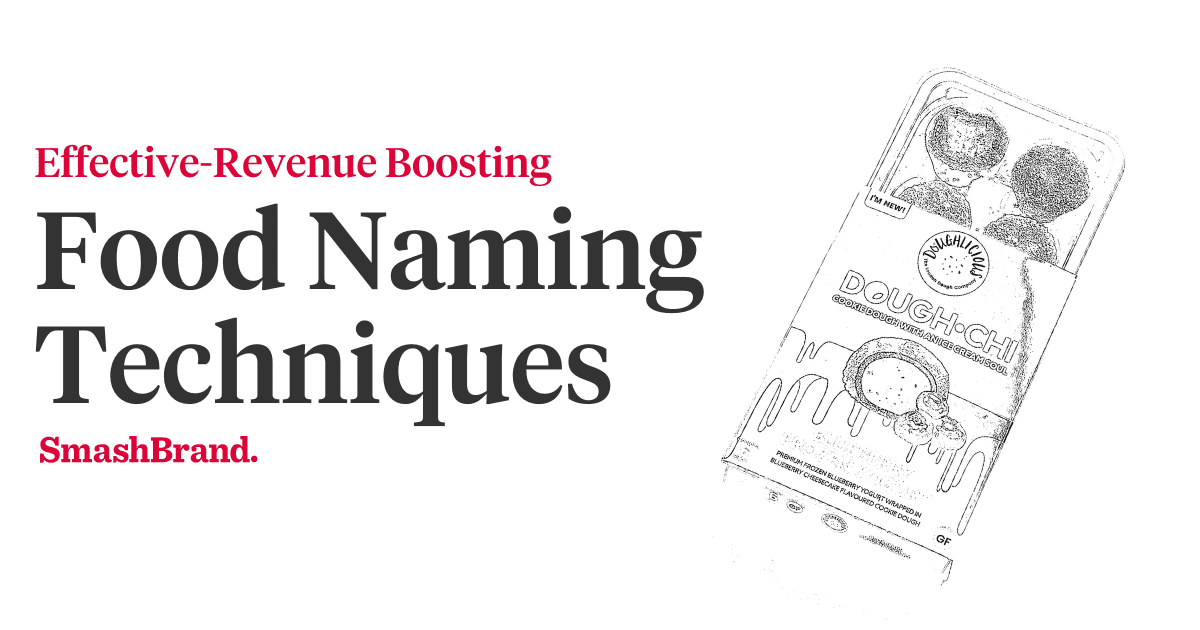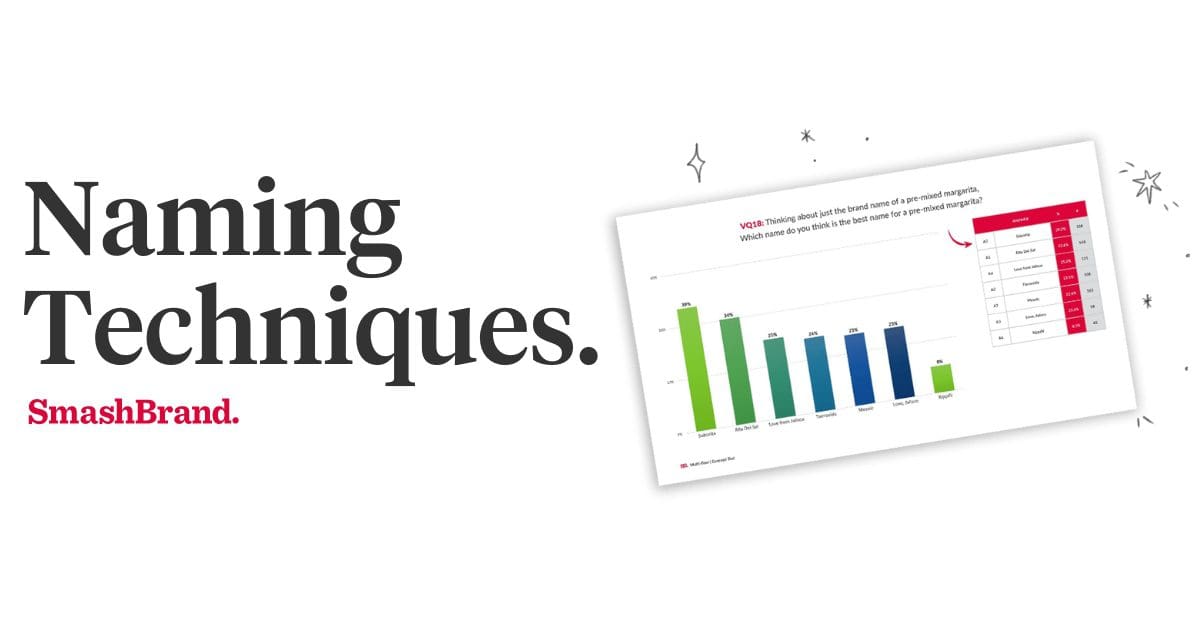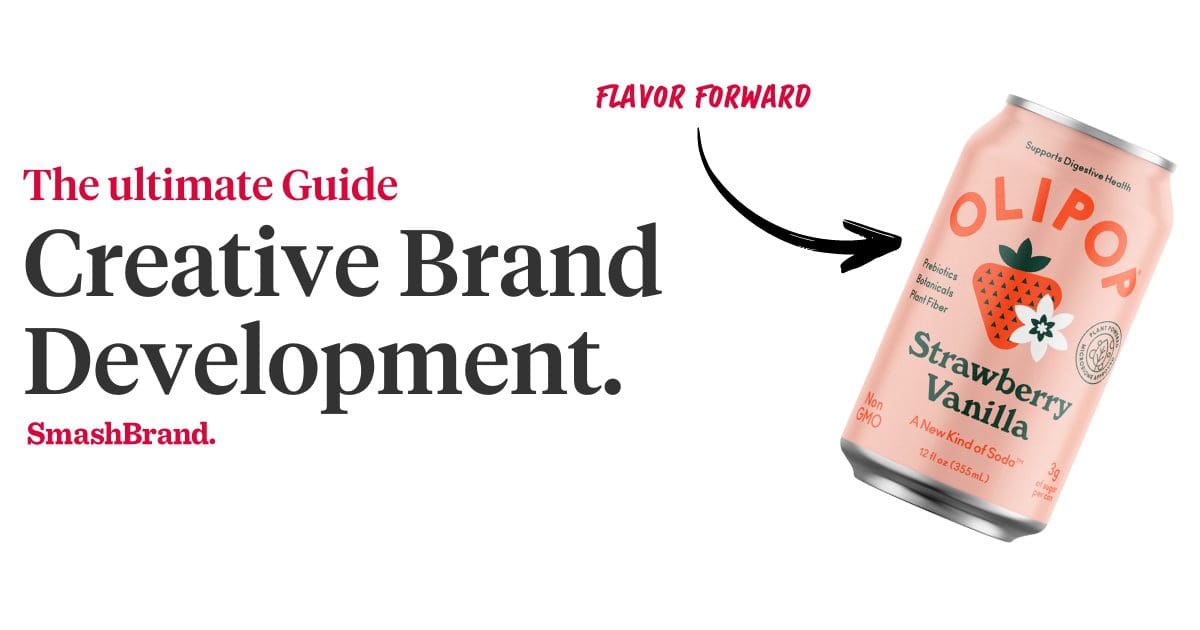Listen to This Article

There are no two ways about it. E-commerce is a staple of modern retail. Growth rates for e-commerce continue to rise, and everybody wants a piece of the pie. With a precursory search, you’ll come across plentiful resources for making the transition from brick and mortar to a digital presence. Many of these resources are based on a presumption that underestimates just how prominent e-commerce has become. Plenty of businesses have established themselves primarily in the digital realm and now look forward to expanding into traditional retail spaces. But fear not! We have you covered.
The Power of Feelings
Don’t worry. This isn’t a political statement about ‘special snowflakes.’ This is just a simple reminder that most B2C transactions are emotional purchases. B2B buyers are concerned with their bottom line. You’re not going to find a decision maker in upper management asking herself “but how does this pallet of copper wiring make me feel?” Your average consumer, on the other hand, brings quite a bit of emotional baggage to their buyer’s journey in shampoo bottles and sports drinks.
Inside retail spaces, consumers make quick decisions that are both emotionally charged and subconscious. Impressions are made in passing. This means that something as simple as shelving or the color of your packaging can elicit an immediate response from your buyer that makes the difference in a purchase. As you’re making the transition into a retail space, ask yourself how you’re making your product stand out to a distracted consumer and what your presentation says about your brand in a short window.
Get your Hands on the SmashReport!
And enter to win a FREE brand diagnosis worth $20,000.
*The SmashReport is a monthly newsletter for FMCG and CPG brands, helping them stand out in the competitive retail marketplace.
First Impressions
Once more, your first goal is to stand out. Be bold but not ostentatious. You want to capture attention without going too far. You’re making a statement about your brand and what differentiates it. You stand out, and so should your product. Just don’t get so caught up in gaming for attention that your presentation comes off as inconsistent with your brand.
This is also an opportunity to make a literal statement about your brand. Think about the key distinguishing factor of your product line. Are you sustainable? Do you offer higher quality or better pricing? Do you pride yourself in ethical business practices? Whatever makes you stand out, this is a chance to make it clear to your consumer. Again, because these are quick impressions, keep the message concise and visible along with any other information you want to convey.
It’s worth mentioning that consistency across your product line is important. Subtle variations between products are great for differentiating them, but they should be recognizable as part of the same line.
Finally, with one last bit of advice that should carry over from your efforts in e-commerce, do your best to keep it honest. If you’re looking for consumer loyalty and return business, it’s critical to build trust. Honesty in advertising does wonders. Make your in-store presence a powerful statement about who you are as a business. And make sure that it rings true.
With all that in mind, happy hunting! Welcome to the world of retail.





